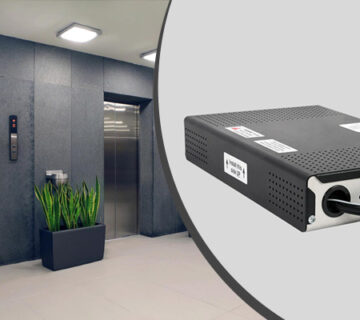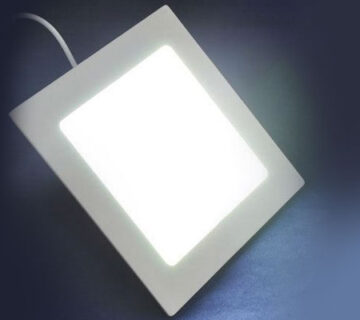Even though an elevator seems to be a simple room-like structure with just two lights installed at the ceiling and a panel of numbers on one side, we’ll let you know that the multiple codes and guidelines that regulate all of this can be overwhelming! Let’s give you a basic understanding of the elevator requirements in the blog below.
What kind of elevator should be installed?
An elevator could either be traction or hydraulic. A hydraulic elevator comprises of a hydraulic reservoir, pump, cylinder, and controller, wherein the pump sends hydraulic fluid from the reservoir to the cylinder, buried deep down the elevator shaft. The fluid pressure is what raises and lowers the elevator cab. There are limit switches places throughout the height of the shaft, which communicate with the controller to stop the cab at each landing. This entire system works well for small buildings, not more than those with more than five stories. For taller buildings, a traction elevator works better, which comprises of a pulley system, counter weights, and cables, to raise and lower the elevator cab. A motor at the main drive wheel is what controls this system, which could be traditional DC, or more modern AC or VFD.
What basic items are to be arranged for?
While an elevator supplier takes care of all the wiring and related code requirements for the elevator cab and other controls, it is the client that is responsible for specifying other items like fire alarm, and lighting-power to the equipment room and elevator pit.
Lighting in the equipment room and shaft pit
First and foremost, it is very essential to understand that the circuit for lighting and receptacles must be dedicated to the elevator area only. There should be at least one 120VAC GFCI-protected receptacle at each location. Luminaries must be lensed or equipped with wire guards to protect the lamps within the elevator. The light switch in the pit must be mounted 42 inches above the seal plate adjacent to the ladder, and that in the equipment room must be adjacent to the entrance door on the latch side.
Power for the elevator controller
The power for the elevator controller must first enter a lockable safety disconnect device, located adjacent to the door of the equipment room, which must be either a fused disconnect or a circuit breaker, because you always need an additional overcurrent protection device in the elevator equipment room. A separate 120VAC, 15A circuit is required for cab lighting and accessories, which must have its own local disconnect and overcurrent protection device too. There should be a separate insulated grounding conductor with the feeder conductors from the electrical source to the elevator controller, because the conduit alone can’t act as the grounding means.
Backup power for the elevator cab lights
There should always be installed emergency backup power for the elevator cab lights, in the case of loss of available power. Emergency power can be supplied to the cab lights, or a battery backup unit can be installed to power the lights in the event of an outage.
Fire alarm
Smoke detectors available in the lobbies and elevator equipment rooms must be connected to the elevator controllers directly by means of auxiliary contacts and wiring, or by output signals from the fire alarm control panel. In case of a fire alarm, the elevator, directed by the controller, will then travel to its pre-programmed designated landing, open the doors, and remain stopped there until the alarm clears. In the case that the fire alarm goes on at the designated landing, the elevator will them stop at a predetermined alternate floor. The smoke detector should be located within 21 feet of each elevator door, and should blow up a horn or siren.
Vents
Modern elevator controls can be sensitive to temperature shifts, which is why the temperature within the elevator and equipment room must maintain a temperature between 10 to 32° C. This can be made possible by venting the room with a fire/smoke damper, and including smoke detector signals. If you need to install the vent at the top of the shaft, for venting smoke, you must provide a key switch with a pilot light to control the vent.
The various items to be installed need to be carefully considered and checked before installing, as they may have many potential pitfalls if they don’t work in tandem. It is thus important to understand how every item you install fits together and what purpose they serve. It is also crucial to verify all the conditions and requirements with the state and authority where the installation is to take place. Miracle Electronics is one trusted supplier of power control for ceiling & cab lighting in India, who can work up on understanding your conditions and requirements, and bring to you only the most worthwhile solutions.




